What is a healthy spine?
The spine (or backbone) runs from the base of the skull to the pelvis. The spine serves as the pillar of support to the body’s weight and protects the spinal cord. There are three natural curves in the spine that give it the famous ‘S’ shape that is viewable from the side. These curves allow the spine to withstand stress by providing even distribution of body weight.
The spine is made up of a series of bones that help absorb shock/load, divided into three regions:
- Cervical spine: The cervical spine, known as the neck, is the upper part of the spine. The cervical spine has 7 vertebrae numbered from C1 – C7, top to bottom. Neck movement comes from the first two vertebrae, C1 and C2. C1, named atlas, sits between the skull and the rest of the spine. While C2, named axis, has a bony bulge that fits within a hole in the atlas to allow rotation of the neck.
- Thoracic spine: The chest section has 12 vertebrae numbered T1 – T12, these are called the thoracic spine. The ribs attach to the spine on the thoracic vertebrae with the curve of the thoracic spine bending outward like a ‘C’.
- Lumbar spine: The lower back, known as the lumbar spine, has 5 vertebrae numbered L1 – L5, some people do have an L6. The majority of the body’s weight is in the lumbar spine, which connects the pelvis and the thoracic spine.
A large bone can be found below the lumbar spine that is called the sacrum. Various vertebrae are within the sacrum that comes together during a baby’s development in the womb. The back of the pelvis and the base of the spine is formed by the sacrum. A small bone, commonly known as the tailbone (or coccyx), is below the sacrum.
It’s not uncommon for the spine to be discussed as its parts. For example, discs, soft tissues, bones and nerves.
Vertebrae (bone) and joints
- Facet joints: This is where one vertebra comes into contact with another on the spine.
- Laminae: These are two small bones that join in the back of the vertebra.
- Pedicles: Two thick and short bumps that project backward from the upper part of the vertebral body.
- Body: Body is the main weight-baring structure of the vertebra
- Transverse processes: These are the bony projections on either side of the vertebrae where the laminae join the pedicles. Ligaments and muscle connect to the spine on the transverse processes.
- Spinous process: This process This is the bony area you can feel down your back and is the spinous process
Joints enable movement between bones, as bones are too hard to be bent. The joints that connect the vertebrae are facet joints and these joints enable the vertebrae to move against each other, allowing flexible and stable bones. Joints are what enable us to twist, bend from side to side, and go forwards and backwards. Each vertebra has two sets of facet joints with one pair facing downward to join with vertebra underneath and the other facing upwards to connect to the vertebrae above.
The spinal canal is located in the centre of each vertebra and is a large opening which the nerves and spinal cord pass. The vertebra is held together by groups of fibrous tissues and ligaments that connect bone to bone.
Intervertebral discs
Intervertebral discs sit between the vertebrae and act as shock absorbers that are round, flat cushioning pads. The tissue in each intervertebral disc is strong with a soft, gel-like centre. This centre is called the nucleus pulposus, which is surrounded by a tough outer layer called the annulus. If the disc breaks the soft nucleus tissue seeps out through a tear in the annulus and results in pain when the nucleus pulposus puts pressure on nerves.
Nerves
The spinal cord is the column of nerve fibres that send and receives messages from the brain through to the spinal canal. The spinal cord and its branching nerves are how the brain influences the rest of the body to manage and control organ function and movement.
When the spinal cord runs through the spinal canal it branches off into 31 pairs of nerve roots. These nerve roots then branch into nerves and travel through to the rest of the body. Through an opening called neural foramen, the nerves roots leave the spinal cord.
While the nerves of the cervical spine control the upper chest and arms, the nerves of the lumbar spine control the legs, bowel and bladder, leaving the nerves of the thoracic spine to control the chest and abdomen.
Soft tissues
Ligaments connect bones together to give strength to joints, while tendons link muscles to bone and allow the pull of the muscle on bones. Ligaments also limit movement in certain directions, while muscles allow movement and help maintain the position of the body against forces, such as gravity
Elemental Chiropractic is located between the Inner West suburbs of Balmain and Rozelle. Our chiropractors treat spine, sports, muscle and joint injuries with high-quality treatments, genuine care and open and honest advice.
